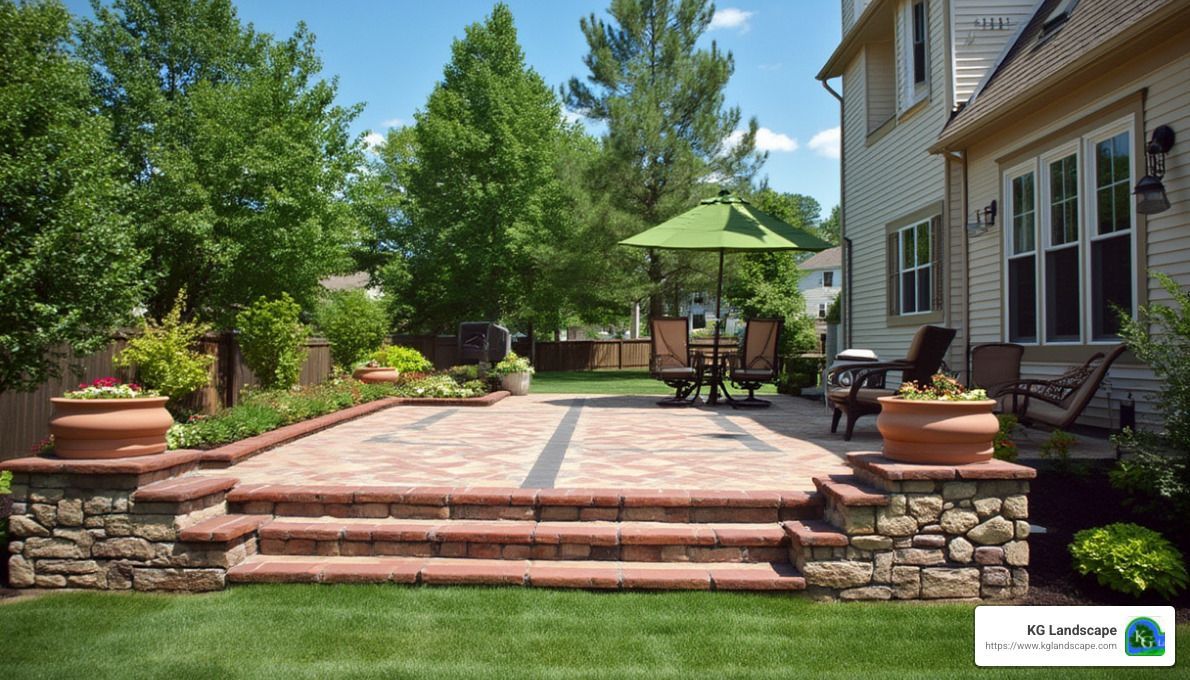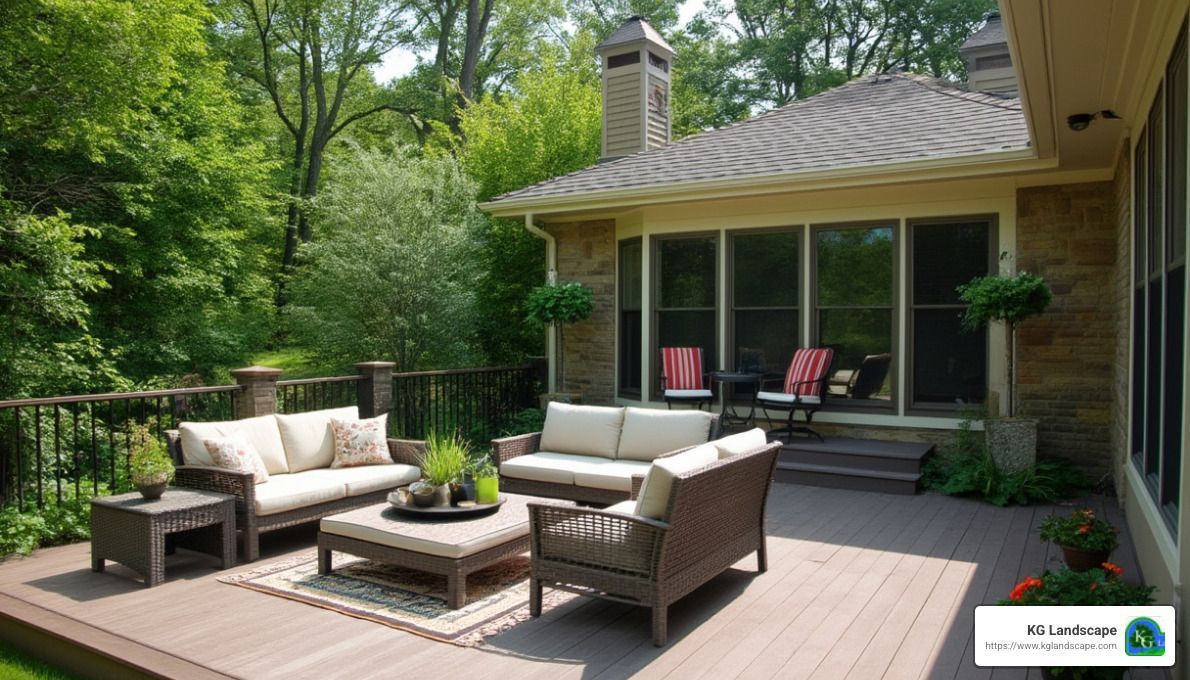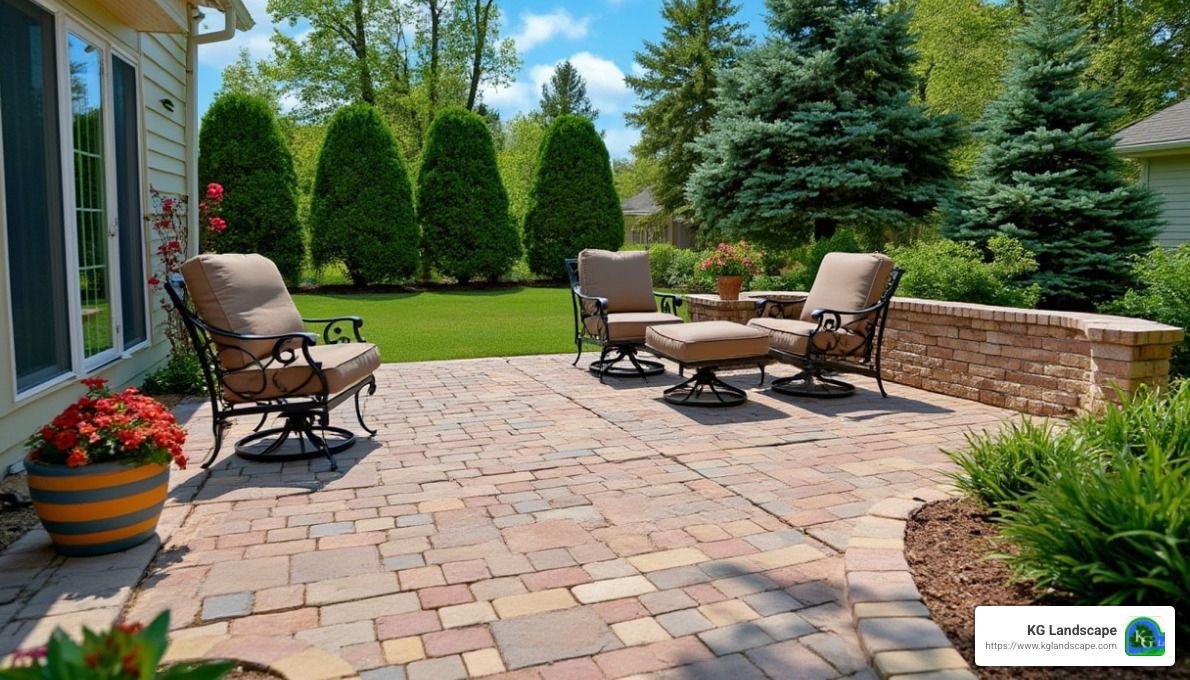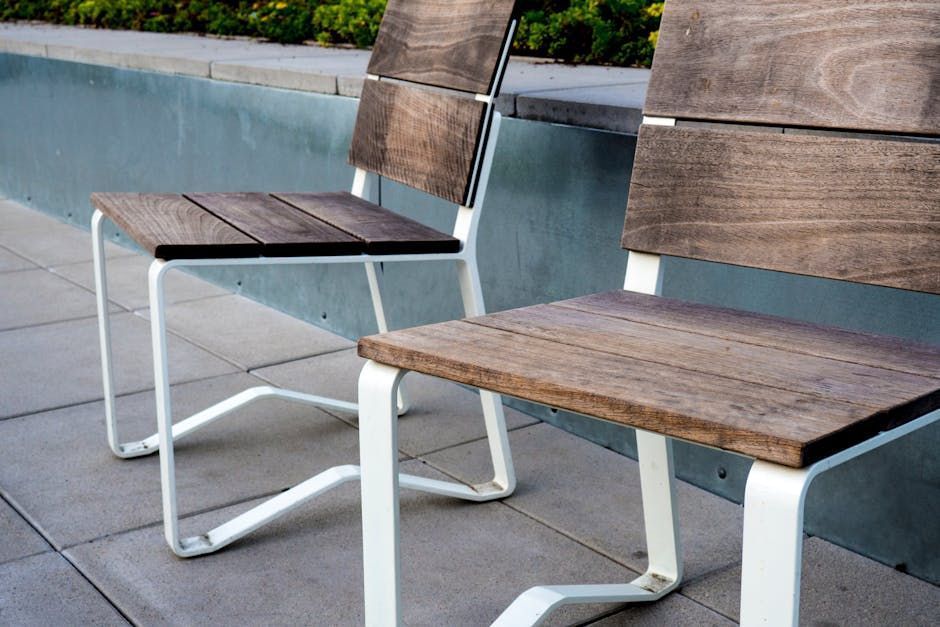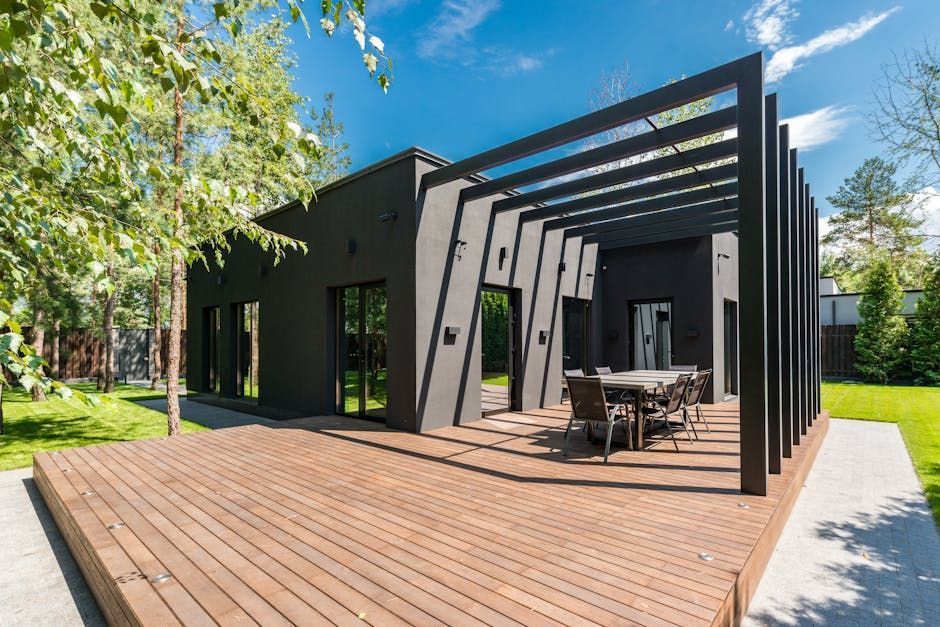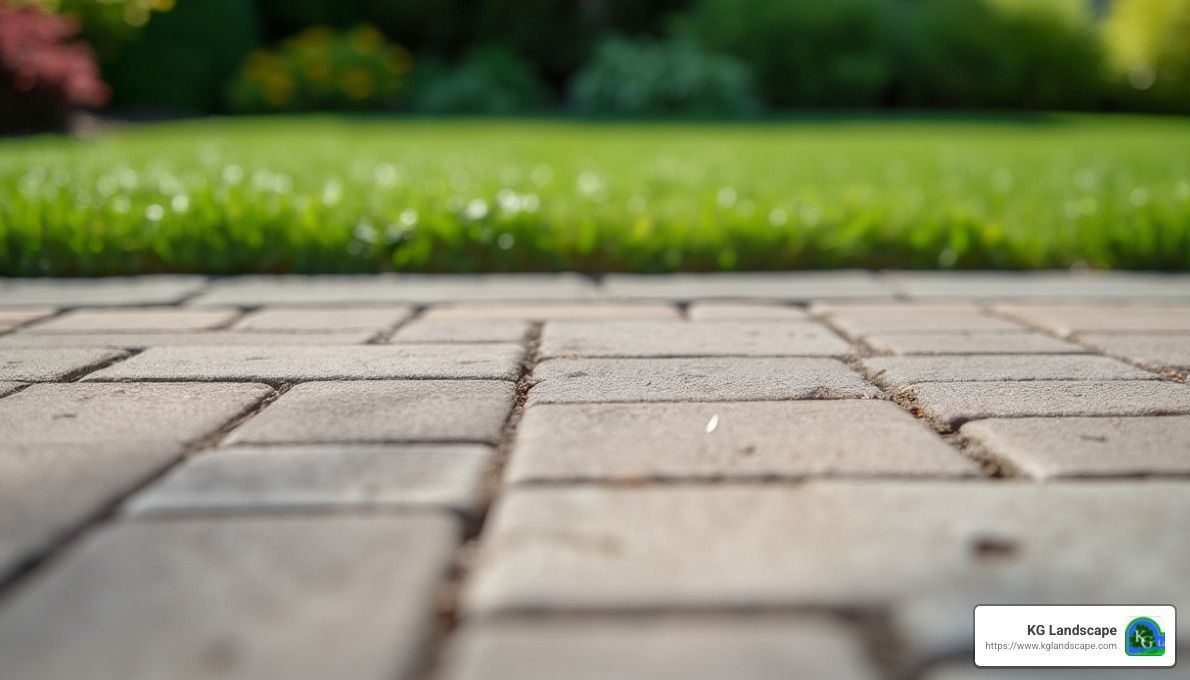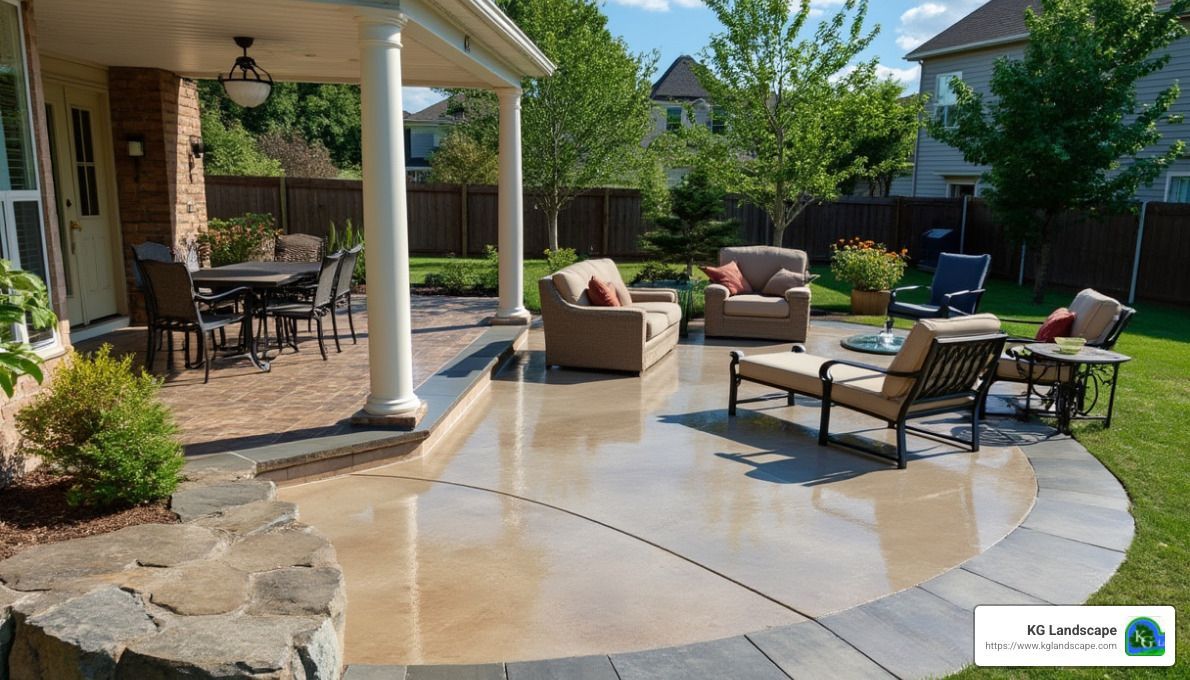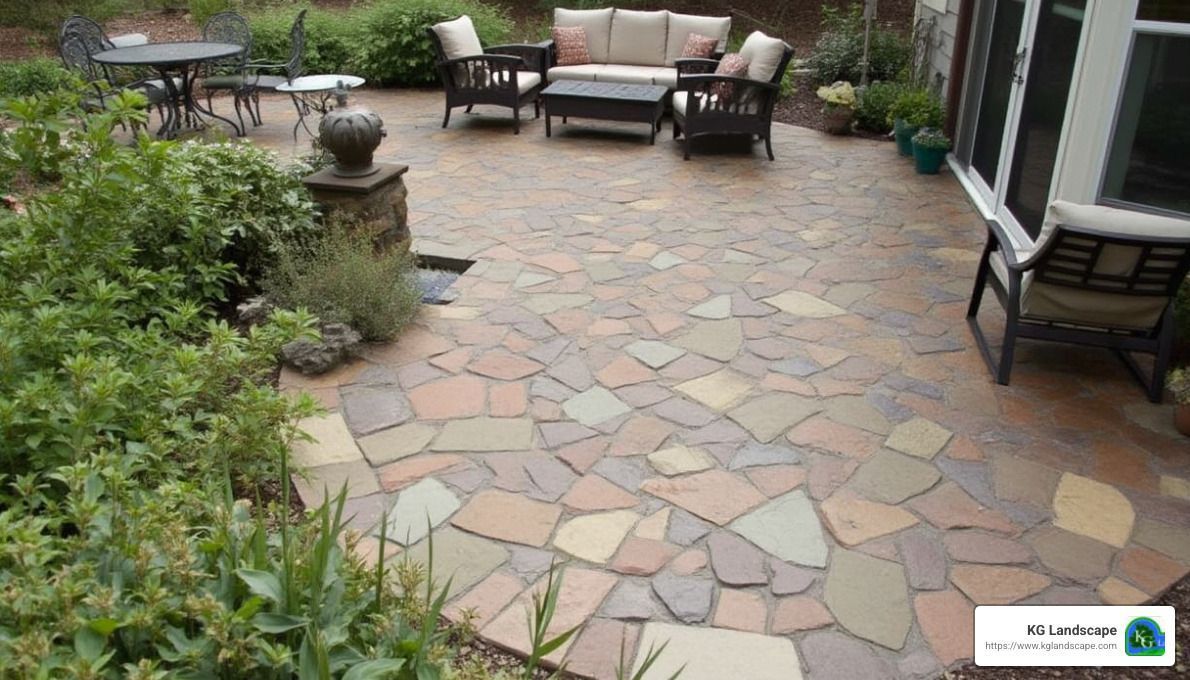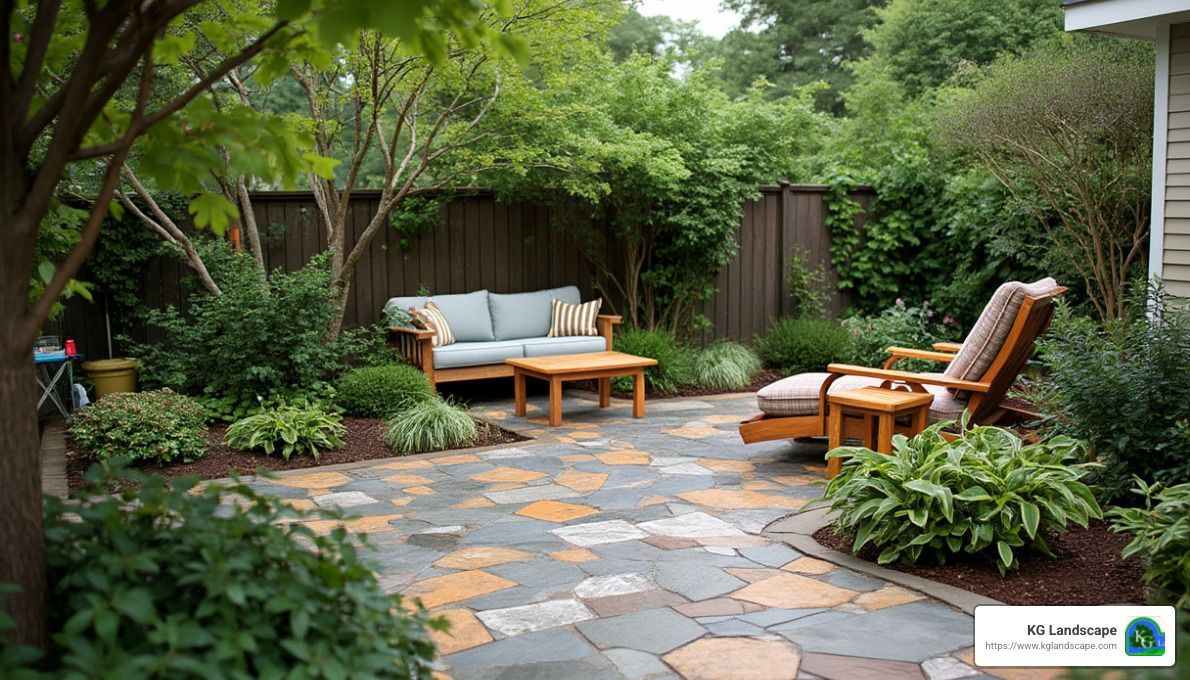3 Tips for Energy-Efficient Landscaping
When it comes to making your home more energy efficient, you probably think of double-pane windows and adequate insulation. But your landscaping
can also help make your home more energy efficient, not only saving you money but also reducing your carbon footprint. After all, when you need less energy to heat or cool your home, you’re less dependent upon fossil fuels.
According to the United States Department of Energy
, Minnesota is in the country’s “cool” zone. Knowing this can help you make decisions that will help block the sun’s heat in the summer and retain it in the summer, as well as block cold winter winds and take advantage of cool summer breezes. Here are a few tips to make your landscaping work for you.
US Department of Energy
1) Know Your Microclimate
Have you ever walked down to a stream or pond at night and noticed that the air gets noticeably cooler? This is one example of a microclimate. Microclimates are created by differences in elevation, slopes, or even a change in the surface of the ground (from soil and grass to water, for instance). These can be as large as a few square miles, or as small as a few square feet. Simply put, microclimates are wherever the local area differs somehow from the larger area’s climate.
Knowing your property’s unique microclimate can be helpful when it comes to designing your landscaping. For example, say you live on a lake. In the summer, the temperature inland may rise to the predicted daily high, but your property stays a hair cooler and you get a nice breeze off the lake
. This is because the water’s temperature remains cooler than the air around it, thus cooling the air directly above it. As cool air reaches the shore, its density means it pushes below the warm air, creating a breeze. This breeze is especially noticeable for a few hours after daybreak. Knowing this about your home’s microclimate might mean you keep the path from the lake to your home free of trees, so the breeze can easily reach your home.
2) Construct a Windbreak
Windbreaks are great for Minnesota properties, as they can help reduce heating costs in winter. True to its name, a windbreak will reduce wind speed for a distance up to 30 times the windbreak’s height. (So, if the windbreak is 30 feet high, wind speed will be reduced for up to 900 feet. If the windbreak is 60 feet high, wind speed will be reduced for up to 3,600 feet.) As the trees in your windbreak mature, the benefit only increases. For maximum protection, the US Department of Energy recommends planting your windbreak at a distance away from your home that is two to five times the mature height of the trees. Ideally, windbreaks should block wind from the tops of the trees all the way to the ground, so many homeowners use a mix of trees, bushes, and shrubs. Use varieties that have low crowns, such as dense evergreens.
Winter storms often come from the northwest, so it’s best to plant a windbreak along the north and west sides of your property. Planting shrubs on the windward side can help trap snow there, reducing drifts near your home. For added protection, pair the windbreak with a fence or earthen berm to help deflect wind over your home.
3) Plant Trees to the South
If you have windows on your home’s southern side, you know how warm the summer sun can make your living space. This heating from the sun results in more energy put out from your air conditioner, and increased costs to you. One way to mitigate this is to plant trees on the south side of your home. You’ll want to do your research on which trees work best
for the size of your yard and home and where to plant them. Because we live in a cooler climate, we recommend deciduous trees for this purpose—they’ll provide wonderful shade in the hottest months and then drop their leaves in the fall, opening up the south side for the winter and letting the sun help heat your home in the coldest months.
Ready for some landscaping to help make your home more energy efficient? Our experts are happy to help. Give us a call at 763-568-7251 or use our quick quote system
to send a message.
The post 3 Tips for Energy-Efficient Landscaping
appeared first on KG Landscape Management.



